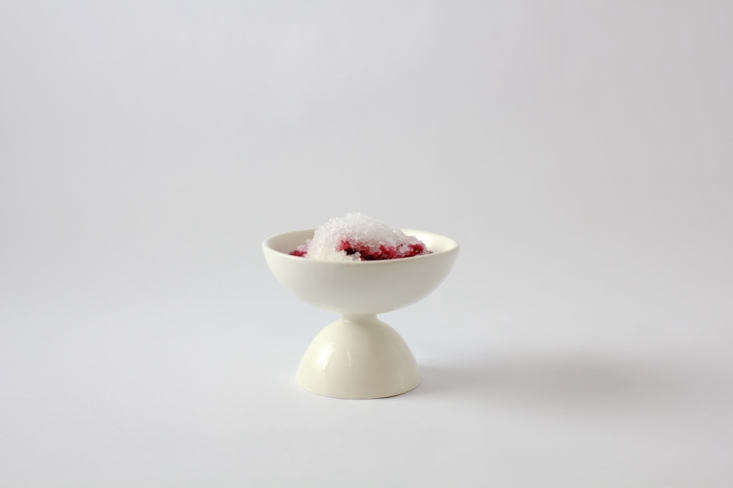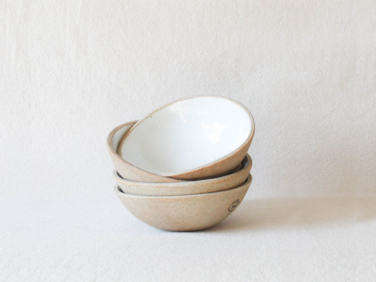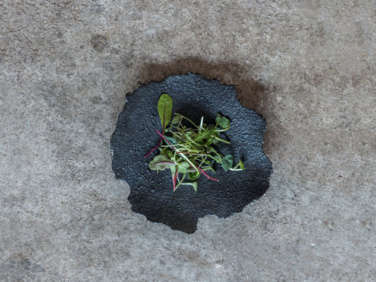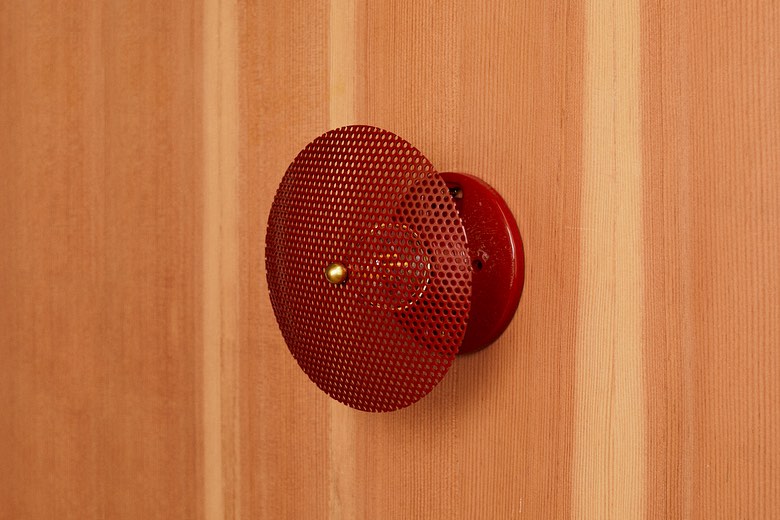For months we’ve been tracking what we’re calling the All-in-One Chef: chefs who not only preside over the kitchen but also design their restaurant interiors, arrange the flowers, and make their own soap for the guest WC. But we particularly like a small, singular new breed: the Chef Ceramicists, who see tableware as an important frame for their food, and take sourcing local ceramics to the next level by making it themselves. It makes sense: There are parallels to draw between clay and dough, the tactility of cooking and pottery. Ceramics, like cooking, combines a high level of detail (something chefs are famous for) with artfulness. Plus, when it comes to how tableware looks and functions, chefs can design exactly what they require, down to the last detail.
Take a look at the pioneering chefs and restaurateurs we’re noting—and their tableware.






- 10 Easy Pieces: Hippie Bowls for Bowl Food
- A Ceramics and Kitchenware Company to Watch: East Fork, the Heath of the East
- Cool Gray: Utilitarian Stoneware from a London Ceramicist, via Very Good & Proper
N.B.: Featured image from Rawduck.










Have a Question or Comment About This Post?
Join the conversation (0)